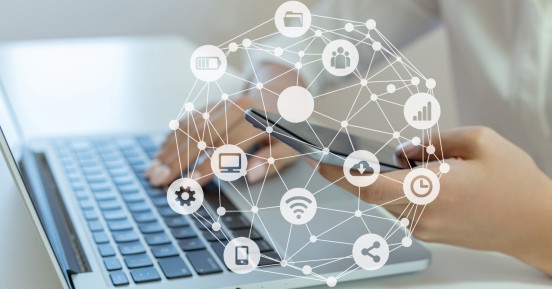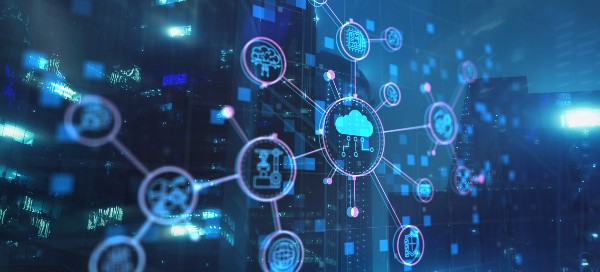Elevate the power of your work
Get a FREE consultation today!
A Content Services Platform needs to be a part of the modern information management toolkit, not built in a time before mobile and cloud had taken off. It needs to be able to natively and effectively manage all of the data and content types that we use today - video, audio, social media, etc. - not just scanned documents and word files.

From a distance, a content services platform (CSP) may look like the enterprise content management (ECM) products of the past - however, there are three areas in which a CSP significantly differs from an ECM solution:
A content services platform needs to be a part of the modern information management toolkit, not built in a time before mobile and cloud had taken off. In addition, it needs to be able to natively and effectively manage all of the data and content types that we use today - video, audio, social media, etc. - not just scanned documents and word files. And finally, it needs to do all of this for billions of items.
ECM solutions were designed to be insular - they were sold as the “one place to store all of your content.” As we all know, that never actually happened.
Content services platforms take a very different approach. While still having the ability to store data and content locally (in their own repository), modern CSPs like Iron Mountain InSight® are able to connect to other information sources within the business rather than require migration. This federated approach means that users can access content stored in an old ECM system, or data stored in a legacy accounting application - all from a single location. This is key and provides users with a central hub to go to in order to store and retrieve information across the enterprise.
The modern and connected aspects of a CSP are all about IT and the business - making sure the system scales and connects systems together. This brings the benefits to the user - via personalization.
Quite simply, this is about allowing users to store, view, edit, and interact with data and content however they want to. That could be via the CSP interface, or a mobile app, a productivity app (such as MS Outlook), a line of business app like Salesforce, a web portal, or even a custom-built application to perform a specific task or process for the business.
This personalization capability changes the dynamic of how users interact with information. In the past, users had to adapt how they work to find and interact with information. Now the system can be tailored to the exact requirements of the individual end users - and that is massively powerful.
Access information from a unified, automated, secure platform
Digitize, store, automate, and unlock the power of your data through the power of automation
Accelerate your digital transformation journey in five steps.
Get a FREE consultation today!

